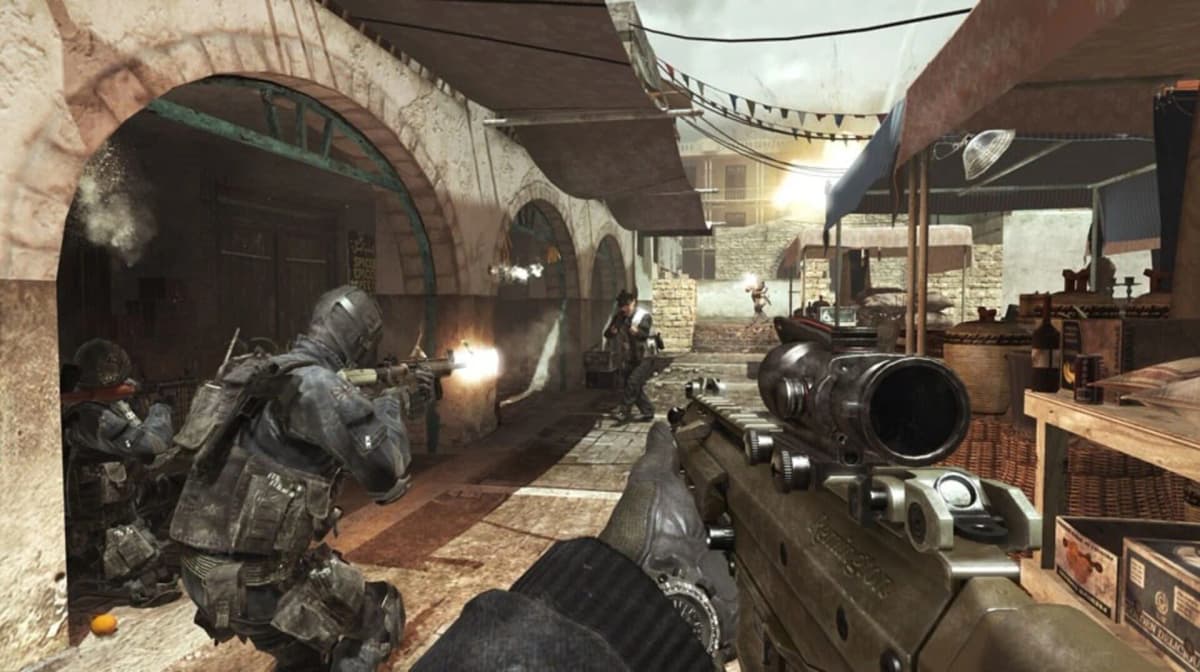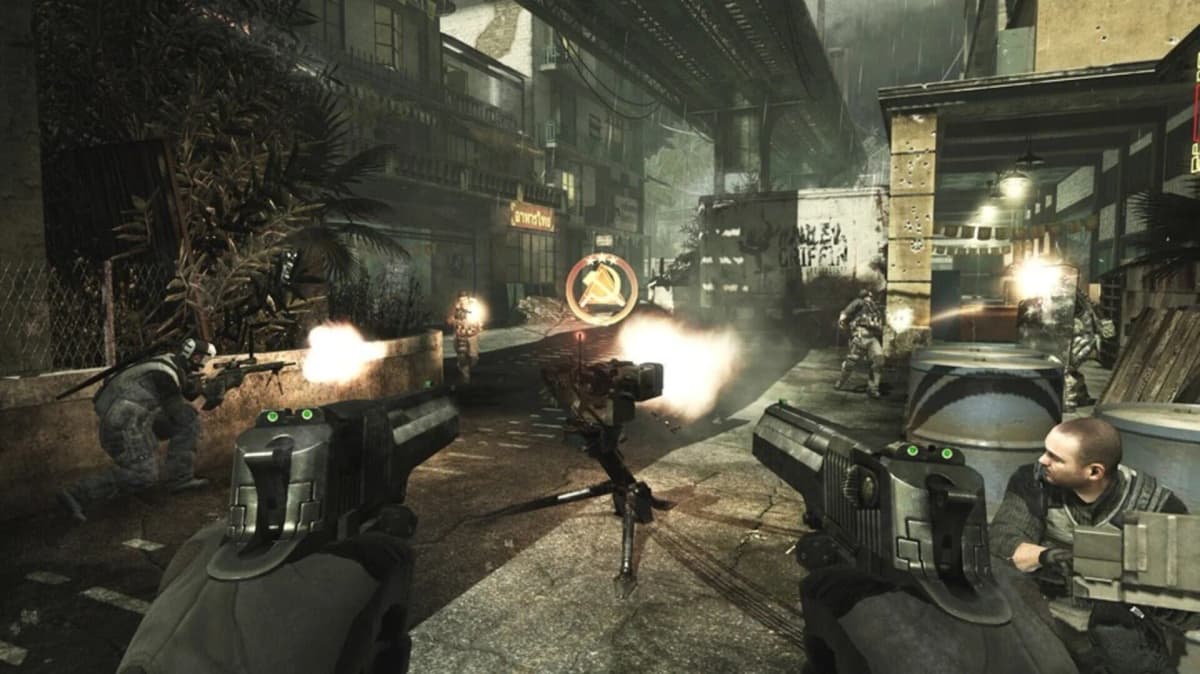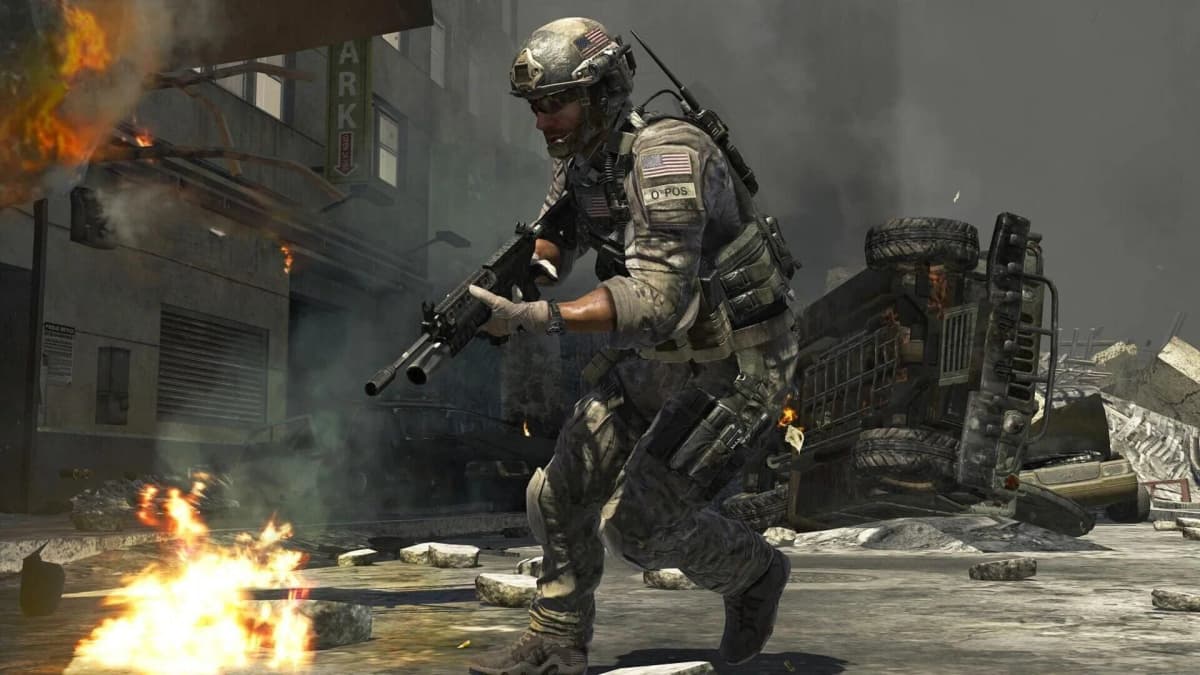Shipment: From Forgotten Test Map to CoD Icon
No map in Call of Duty history illustrates ‘happy accident’ better than Shipment. Originally crafted as an internal test bed during Modern Warfare’s development, this bare-bones arena was never meant for public play. Yet when Shipment slipped through the cracks at launch, it instantly rewrote the rules of multiplayer combat—fueling frantic firefights and cementing its place in franchise lore.
Origins of Shipment
Shipment began life as a minimalist environment designed simply to verify spawn points and weapon mechanics. According to interviews with former Infinity Ward developers, its symmetrical layout of shipping crates was meant to be deleted before launch. When Modern Warfare shipped in 2007, however, Shipment remained in the build—an unpolished stub destined for obscurity.
Instead of hiding it or patching it out, the development team watched as players discovered the arena’s breakneck pace. Community forums lit up with footage and discussions about the map’s relentless respawns and lack of cover. Within days, Shipment had gone from test stub to fan-made phenomenon. Developers took note, recognizing that this unfinished layout offered something no high-concept design could: pure, unfiltered chaos.

Impact on Gameplay
Shipment’s tiny footprint and open sightlines transformed multiplayer conventions. Matches averaged under two minutes, and every encounter felt like its own microcosm of Call of Duty’s core loop: spawn, engage, die, repeat. This distilled experience highlighted killstreak balance and recoil control, forcing players to react instantly rather than methodically plan each engagement.
In the years that followed, Infinity Ward and other CoD studios adopted micro-map elements in secondary playlists and special modes. Titles like Warzone introduced ‘mini-battle arenas’ that intentionally channel Shipment’s intensity, while later Modern Warfare entries included “Shipment Resurfaced” playlists for nostalgic runs. Even non-Call of Duty shooters began experimenting with brutal, compact maps to capture that same pulse-pounding thrill.

Cultural Significance
Beyond mechanics, Shipment became a cultural touchstone for both veteran fans and newcomers. It spawned countless memes—clips of 30-killstreaks followed by instant death, players screaming into headsets, and community-hosted “Shipment only” events that draw thousands of viewers. Its return in anniversary playlists always triggers a spike in concurrent players, proving that sometimes the simplest environments resonate most deeply.
For designers, Shipment stands as a case study in lean development: letting player behavior guide content decisions. Amid an industry obsessed with sprawling open worlds and destructible set pieces, this six-crate layout reminds us that moments of pure fun can emerge from the least expected places. It’s a testament to embracing player feedback, not overengineering at every turn.

Looking Ahead
As Call of Duty continues to evolve—pushing into battle royale, co-op spec ops, and narrative campaigns—the spirit of Shipment remains a constant. Future map designers would do well to ask: Can a feature-heavy arena ever match the unpredictable joy of a simple shoebox map? While technology advances, Shipment’s legacy endures as proof that sometimes the greatest innovations happen by mistake.